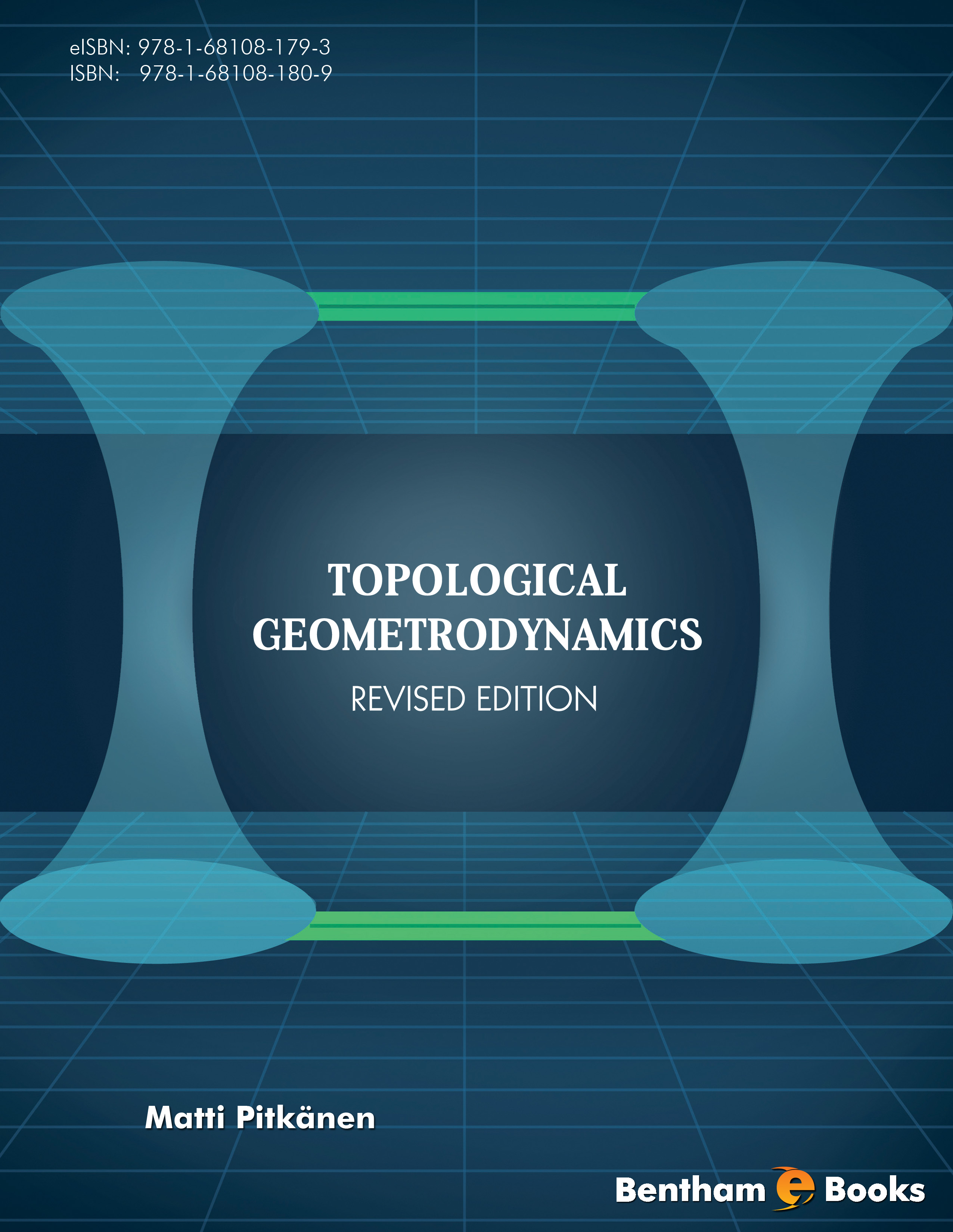Introduction
Topological geometrodynamics (TGD) is a modification of the theory of general relativity inspired by the problems related to the definition of inertial and gravitational energies in the earlier hypotheses. TGD is also a generalization of super string models. TGD brings forth an elegant theoretical projection of reality and builds upon the work by renowned scientists (Wheeler, Feynman, Penrose, Einstein, Josephson to name a few).
In TGD, Physical space-time planes are visualized as four-dimensional surfaces in a certain 8-dimensional space (H). The choice of H is fixed by symmetries of standard model and leads to a geometric mapping of known classical fields and elementary particle numbers. TGD differs from Einstein’s geometrodynamics in the way space-time planes or ‘sheets’ are lumped together. Extending the theory based on fusing number concepts implies a further generalisation of the space-time concept allowing the identification of space-time correlates of cognition and intentionality.
Additionally, zero energy ontology forces an extension of quantum measurement theory to a theory of consciousness and a hierarchy of phases is identified. Dark matter is thus predicted with far reaching implications for the understanding of consciousness and living systems. Therefore, it sets a solid foundation for modeling our universe in geometric terms.
Topological Geometrodynamics: An Overview
explains basic and advanced concepts about TGD. The book covers introductory information and classical TGD concepts before delving into twistor-space theory, particle physics, infinite-dimensional spinor geometry, generalized number theory, Planck constants, and the applications of TGD theory in research. The book is a valuable guide to TDG theory for researchers and advanced graduates in theoretical physics and cosmology.





